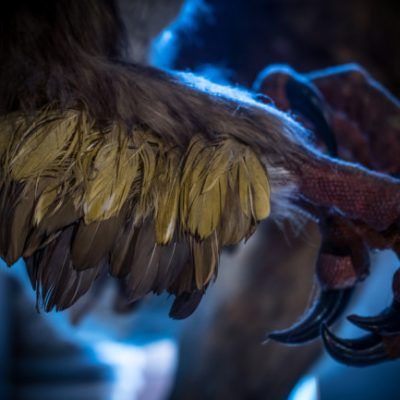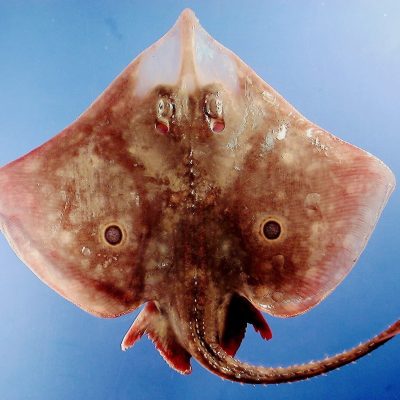A remarkable discovery has been made in the Messel Pit in Hessen, Germany, where scientists from the Senckenberg Society for Nature Research regularly conduct excavations. Over 70 species of animals and plants have been found in the UNESCO World Heritage site, including the oldest known fossil of a python. Recently, a previously unknown species of bird was discovered in the 50 million-year-old rock layers of the former mine. The fossil, described as an “exceptional find” by the researchers, has a compact, short beak and a banded tail. Although the beak suggests it may have been a bird of prey, the claws and feet contradict this assumption. It is more likely that the bird fed on fruit or insects, according to Gerald Mayr, an ornithologist at the Senckenberg Research Institute in Frankfurt.
During the first half of the excavation season, 500 other finds were made, including insects, plants, and fish, which will be examined in the fall and winter. The bird fossil is particularly noteworthy due to its small size, compact and short beak, and unusually well-preserved feathers. Mayr believes that this discovery shows that there is still much to learn about the diversity of bird species in Messel. While the exact details of the bird’s lifestyle are not yet known, further examination of the fossil may reveal more information.
The discovery of this previously unknown bird species highlights the importance of ongoing scientific research and excavation efforts in the Messel Pit. It is likely that further discoveries of previously unknown species will be made in the future, as scientists continue to explore this unique and fascinating site.










